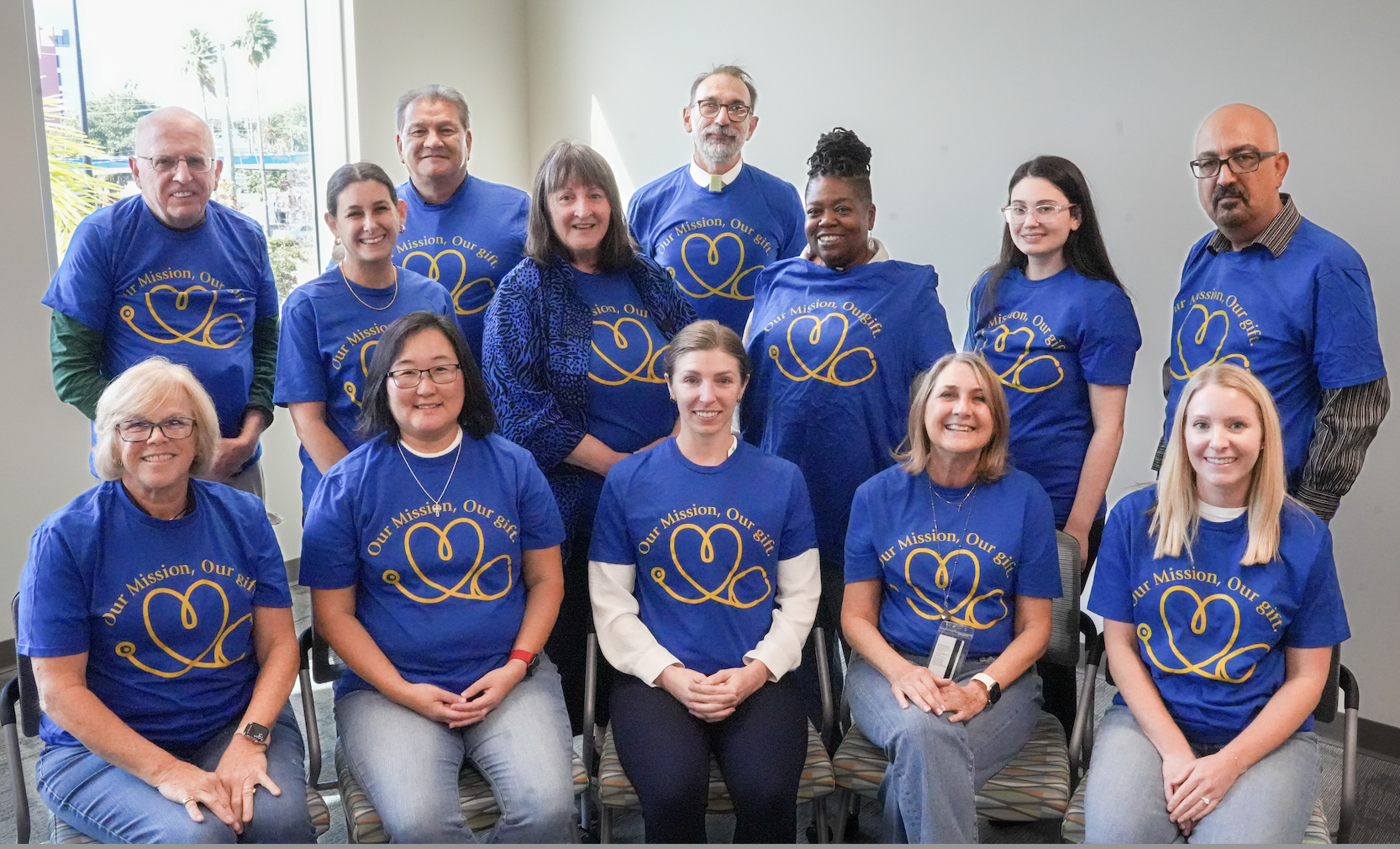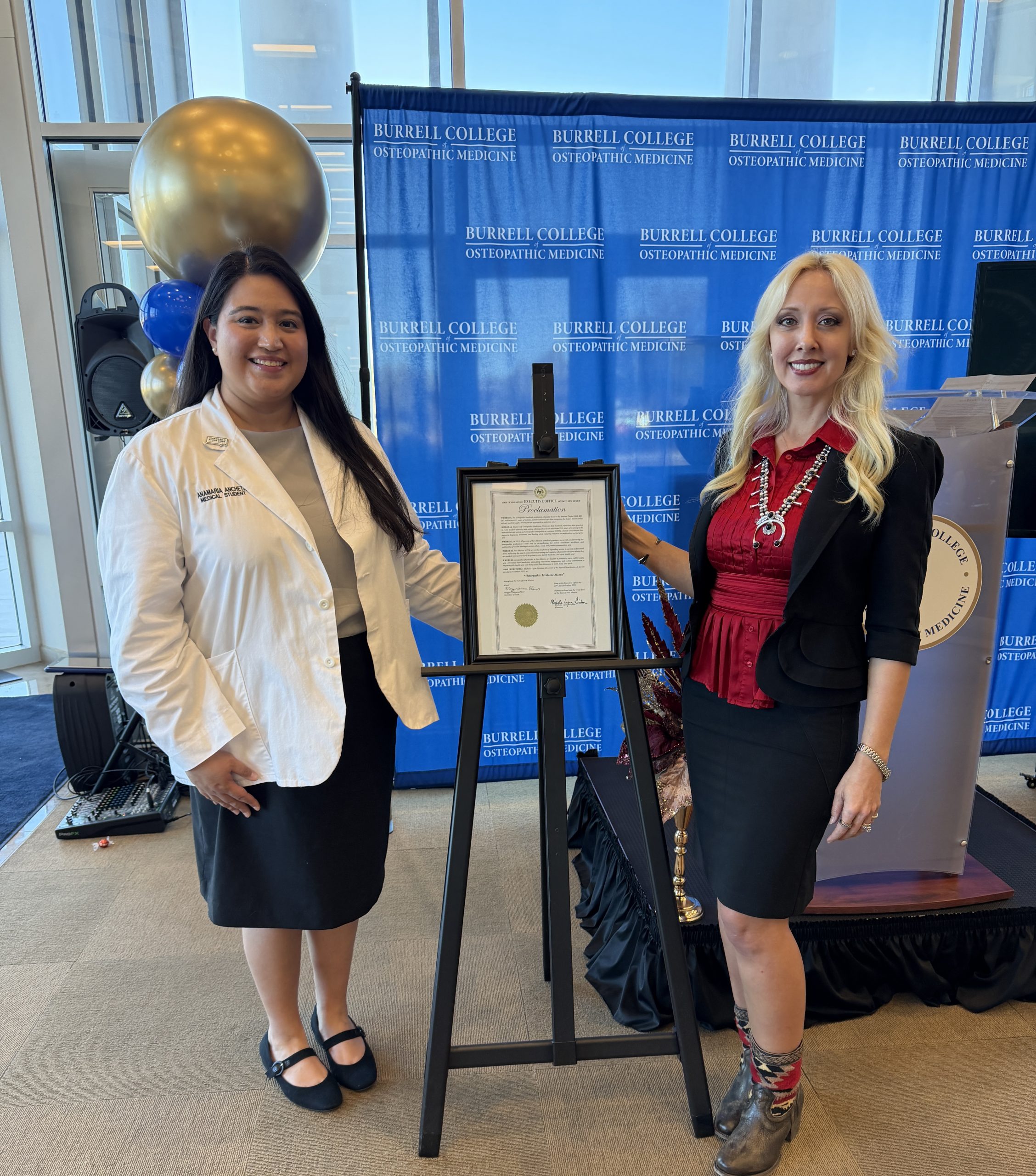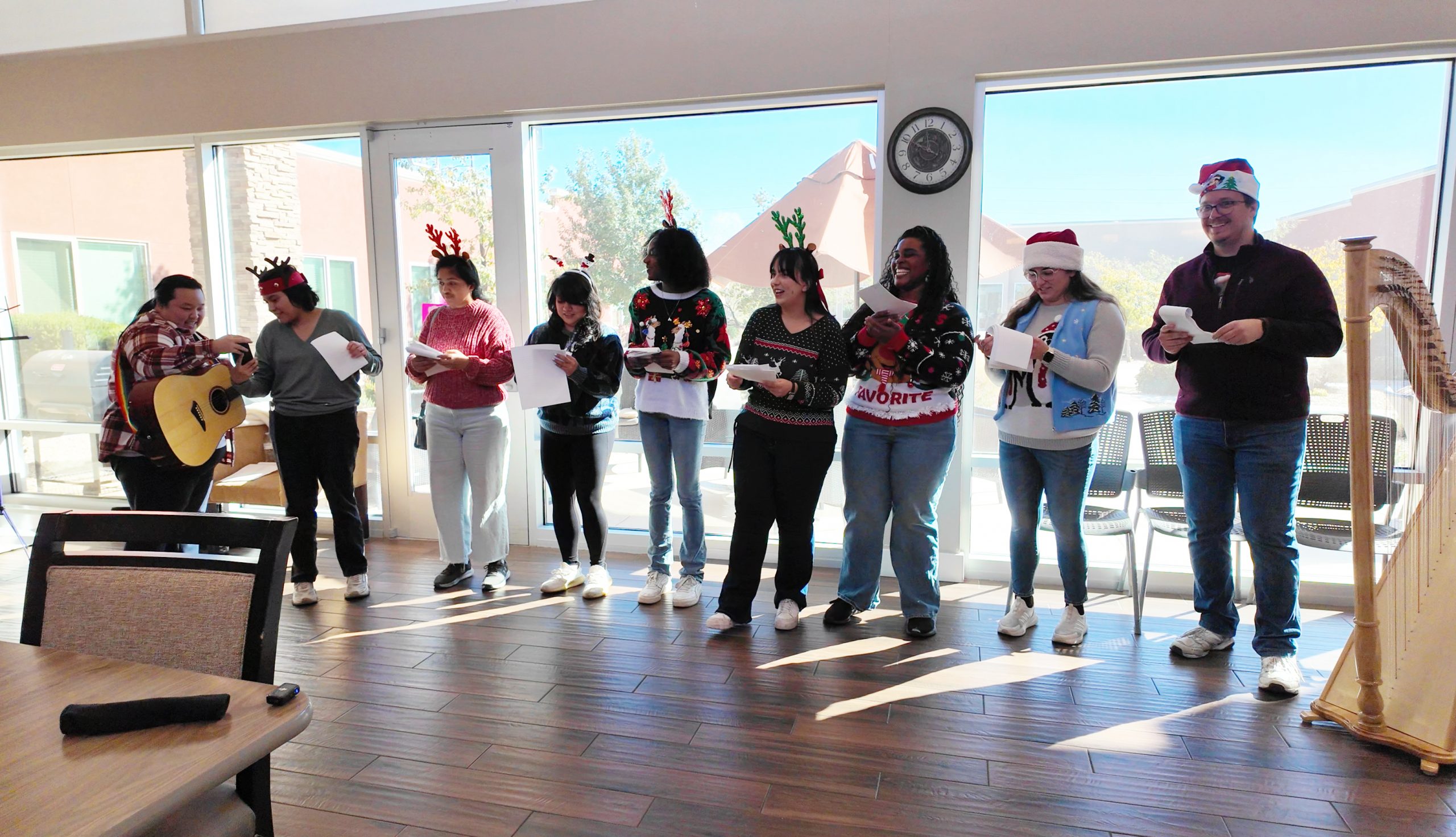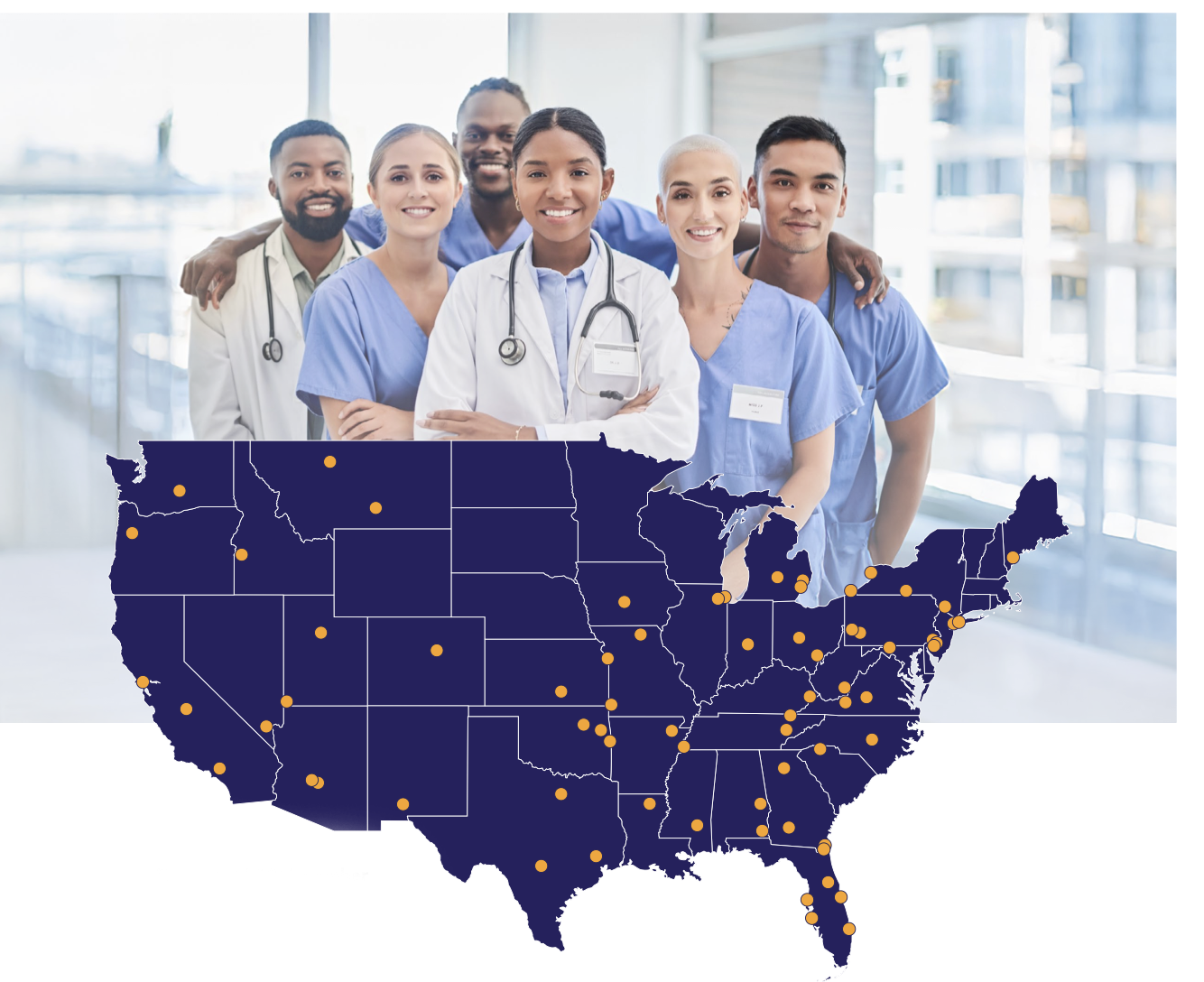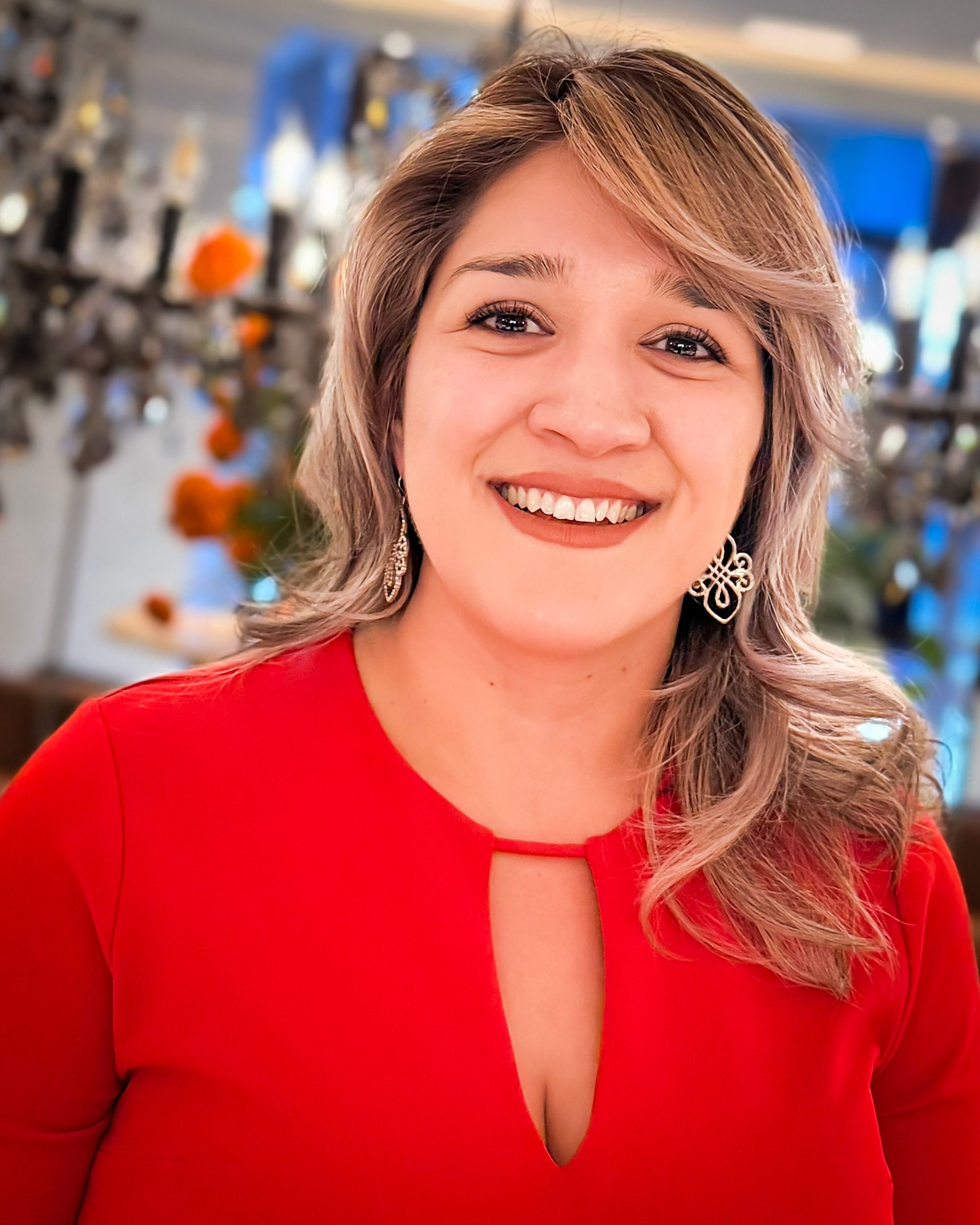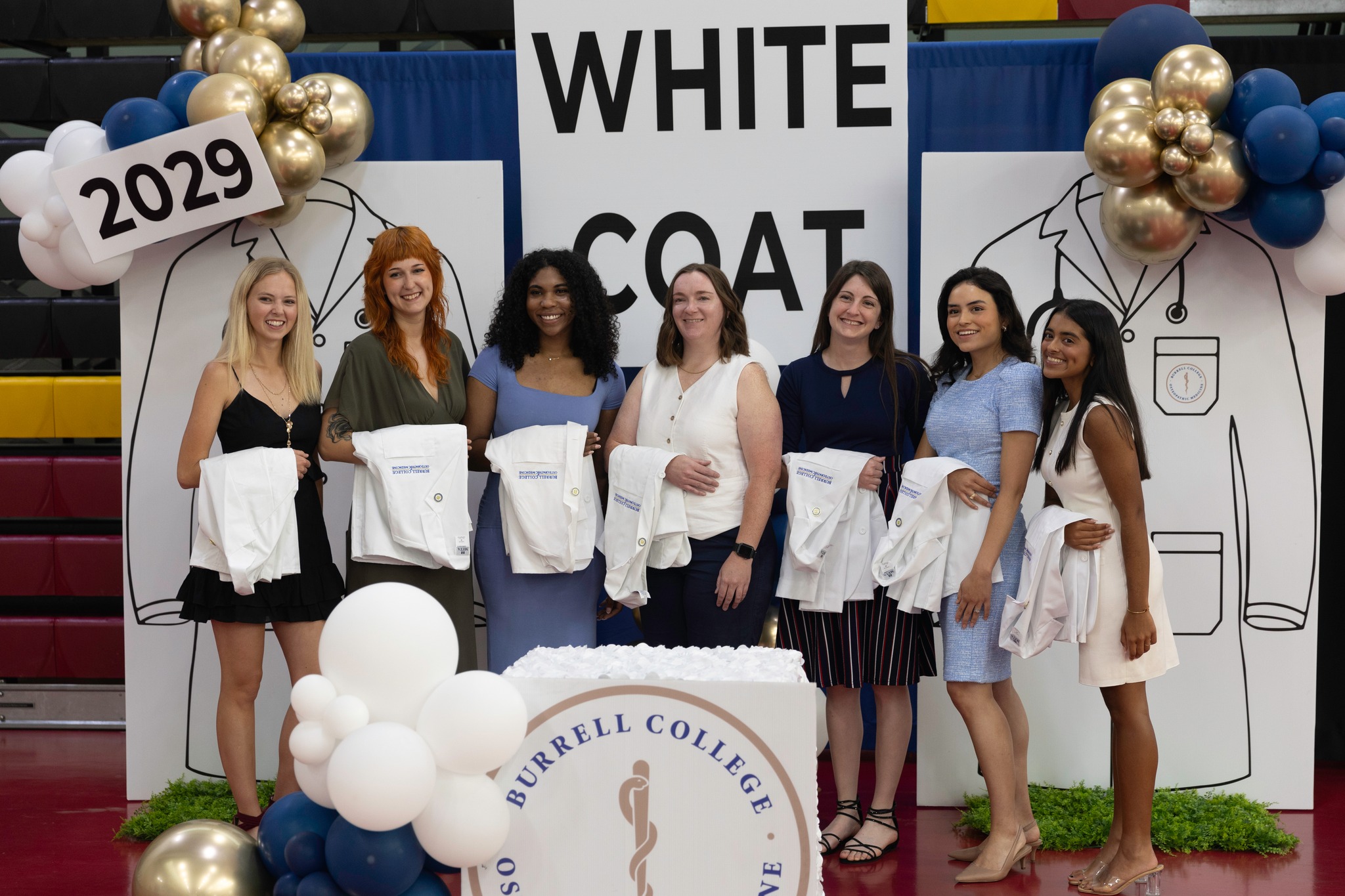
This August, BCOM welcomed its third class of students. The class of 162 future physicians includes 80 males and 82 females. In keeping with the college’s mission to increase diversity in the physician workforce, an astounding 35 percent of the class of 2022 are underrepresented minorities (URMs). URM students are those who self-identify with one of the groups historically underrepresented in the physician field: Hispanic/Latino, American Indian/Alaska Native, Black/African-American, and Pacific Islander. President John Hummer said, “Our first two classes had the highest percentage of URMs among all schools of osteopathic medicine, and we were in the top five among all colleges of medicine, both DO and MD, at 27 percent. Once stats are released for all colleges later this year, we believe we will hold this ranking based on our 35 percent which far exceeds our prior number of 27 percent.”
BCOM has also been vocal about recruiting students who are from the region, and thus more likely to stay and practice in the area after graduation. A total of 58 students (36 percent of the class) were eligible for the Burrell Expedited Admission Review (BEAR) Pathway, a program designed to encourage students from the Southwestern U.S. (defined as New Mexico; El Paso, Texas; and Southern Arizona); and all American Indian and Alaskan Native Tribal Nations to apply to BCOM for admission. Another 23 percent of the class qualifies as economically disadvantaged students.
The class of 2022 attended orientation week on the BCOM campus the week of August 6, culminating with the annual white coat ceremony on Friday, August 10 at the Las Cruces Convention Center where they received their traditional physician’s white coat and were officially welcomed into the medical profession. The keynote speaker at the event was Rear Admiral (RADM) Michael D. Weahkee, an enrolled member of the Zuni Tribe and Acting Director of the Indian Health Service, an agency within the U.S. Department of Health and Human Services. Weahkee was born at the Shiprock Public Health Service Hospital on the Navajo reservation and grew up as a direct service user of the IHS.
RADM Weahkee said, “Part of the reason you are here is because you have a desire to serve in rural and medically underserved areas and to improve the quality of healthcare in this area. I want to commend you all for that commitment as the IHS deals with those same issues every day and I’m well aware of their complexity and difficulty.”
RADM Weahkee touched on some of the specific hurdles the IHS is currently facing and discussed the core values of the U.S. Public Health Service—leadership, service, integrity, and excellence—advising the students to carry these ideals in their professional and personal lives. He said, “As you put on that white coat and progress through your career in medicine, you’ll always be looked at as a leader. Some will view the white coat as a super hero cape and at times it can be one, though it is always a symbol of something greater, which is your commitment to serving others and continually learning how to best care for your patients.”
See more about the new students and the white coat ceremony in these stories and photos from the Las Cruces Sun-News:
BCOM Welcomes 162 First Year Students During White Coat Ceremony
Picture Gallery: Burrell College of Osteopathic Medicine White Coat Ceremony

